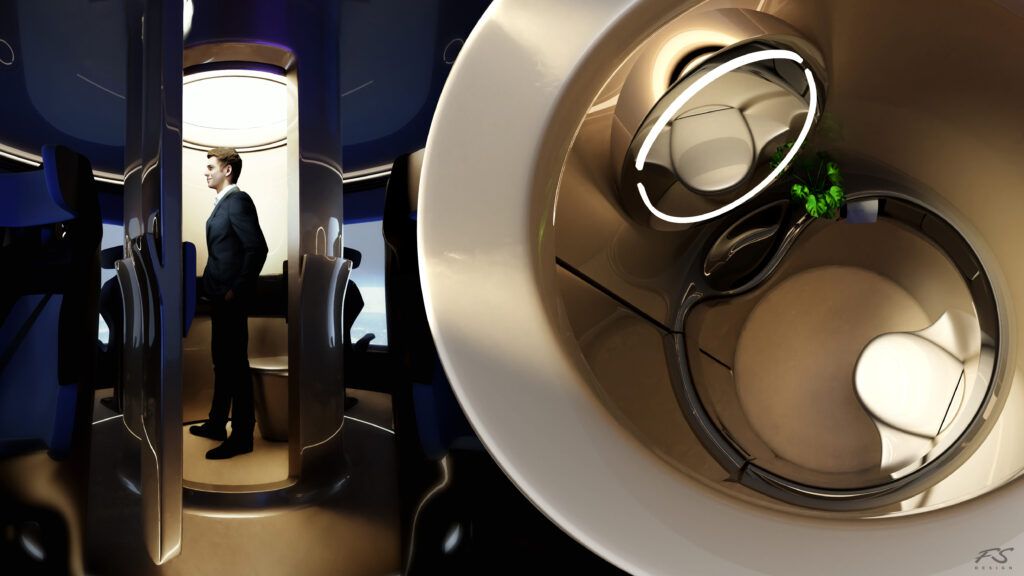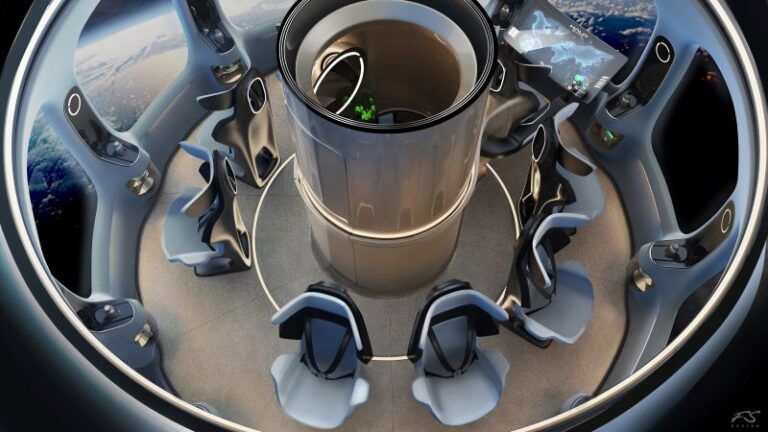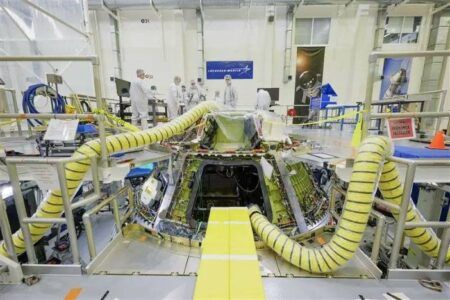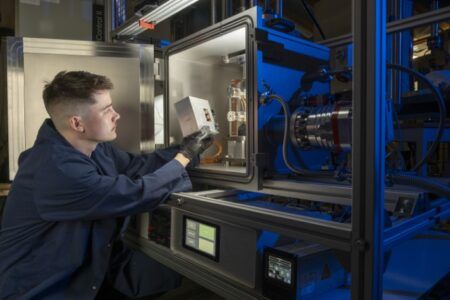The Spanish company building a passenger-carrying stratospheric balloon and capsule, Halo Space is ramping up its test flight program in advance of a planned launch of commercial operations in 2026.
The next test flight will take place in Saudi Arabia in June and will be the first to fully integrate several critical systems in the capsule, including life support and air supply.
Engineers are using four prototypes for the test program and have already conducted five flight tests. Halo aims to conduct the first manned test flight using the production version of the capsule between May and June in the USA next year.
Halo Space, which bills itself as a ‘near-space’ tourism company, employs around 60 people, including those at its partners and was founded in 2021. The company plans to offer six-hour flights 35km (20 miles) into the stratosphere using its capsules, which can carry up to eight passengers and a pilot, to provide views of the Earth. Tickets will start at around US$150,000.
The capsule has no propulsion system and uses a helium-filled lifting balloon to reach the stratosphere. Its top speed will be 12mph (20km/h).
The pilot’s role will be to note wind and weather conditions when ascending, which will affect the capsule’s trajectory when traveling downwards, and to start and control the descent.
Flights will consist of two to three hours of ascent, followed by one to two hours of cruise, after which the balloon will be ripped and decoupled, enabling a descent of around an hour using a parachute.
The 5m (16.5ft) wide and 3.5m (11.5ft) tall capsule will have four parachutes, be made of aluminum alloy and composite materials with a maximum take-off weight of 3,500kg and large 2.8 square meters (30 square feet) viewing windows.
The company plans to run flights from four bases in the USA, Spain, Saudi Arabia and Australia, enabling all-year round operations. Initial plans are to make around 400 trips a year.
The company revealed the design concept for its capsule, which is called Aurora, this week at an event in London. The capsule has been designed by Frank Stephenson Design, the company led by the renowned automotive designer behind cars such as the Ferrari F430, the Mclaren P1, the 2000 Mini Cooper and the Fiat 500.
Stephenson said, “This is a new field so it is an exciting project to be involved in. We are all learning as we go. There is a lot more engineering involved than design, but designing for purpose is one of the things that makes design fun.”
One of the most challenging aspects of Aurora’s design has been the inclusion of the toilet, said Stephenson, which had to be placed in the middle of the capsule near passengers while being large enough. The escape hatch from the capsule has also been placed above the toilet.

A Halo flight will be cheaper than the orbital or suborbital flight offerings being offered by company’s such as Virgin Galactic and the company has the goal of transporting 10,000 passengers by 2030.
Carlos Mira, CEO of Halo Space said, “The overview effect is how astronauts refer to the breath taking view of Earth from space and it is one of mankind’s most coveted experiences. Together with our strategic partners will we make it attainable for thousands of passengers.”
“After five successful test flights we have completed the validation of all operational concepts and systems and started the critical design review. We are the only company to have successfully performed five flights with a real-sized capsule.”
Halo’s first flight was in December 2022 in Hyderabad and reached an altitude of 37km.
Partners on the program include CT Engineering Group, tier one supplier Aciturri, satellite control company GMV and India’s Tata Institute of Fundamental Research (TIFR).
The companies are using as many already-certified components in the capsule to reduce development time added Mira: “For example, by using a seat already certified for use by EASA, we can comply with safety standards and avoid years of development and testing, getting passengers to experience the beauty of the Halo Effect sooner.”





